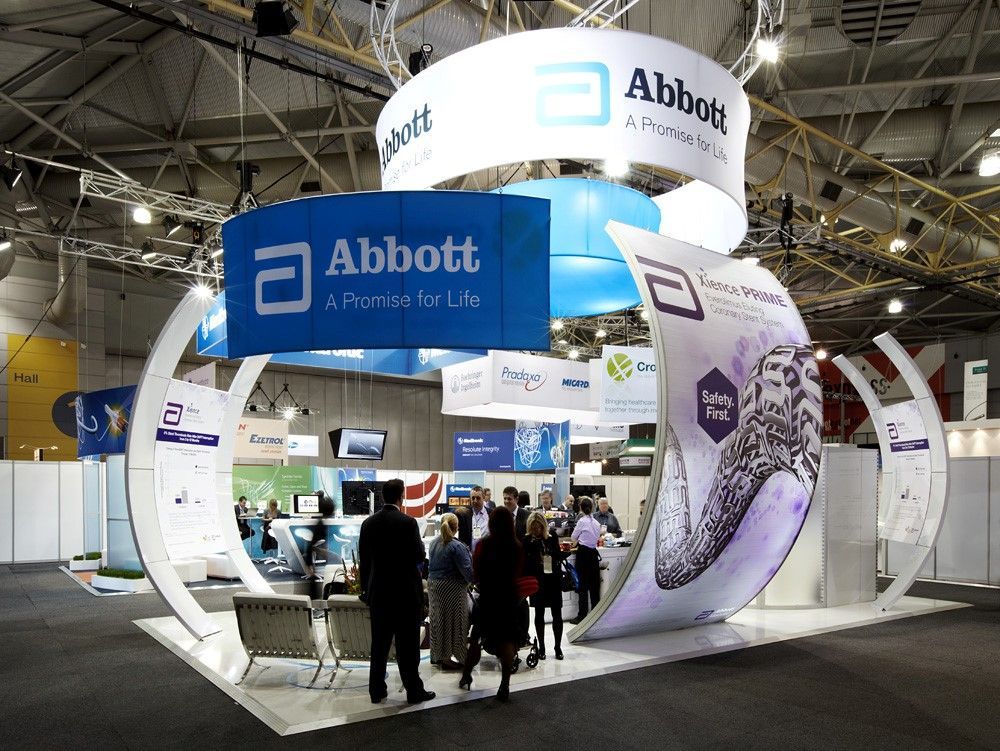Trade Show Joe is an experienced, creative and customer service oriented trade show display solution provider. Located in Louisville, Kentucky, our company is central to many of our customers and trade show events. Since 1999, Trade Show Joe has been working with clients, large and small, to help them accomplish extraordinary results through trade show marketing. We humbly started out as a home-based business and we’ve never forgotten where we’ve come from or why people like working with us! We love what we do and we recognize that every customer is important to our company's success! We care.
We invite you to browse our new site for inspiration, to search for specific trade show products, find accessories, view demonstration videos, and more… We're glad you took the time to stop by!
"Help me choose a display. " | "Help me choose flooring." | "Show me your package deals!"
Mounting Lights to Display | Replacement Graphic Panels
Call us with your personal inquiry at 1-866-821-1520 or email [email protected]
10 ft Fabric Pop Up Display - H Curved Graphic Package
From $ 850.00
More details
10 Ft Fabric Tension Tube Trade Show Display - Straight Single - Sided Graphic Package
From $ 1,099.00
More details
10 ft. EZ Tube Display - Curve Single-Sided Graphic Package
From $ 900.00
More details
10 ft. Fabric Pop Up Display - Straight Graphic Package
From $ 700.00
More details
10' Curved Backlit Hopup Trade Show Display
$ 2,199.00
More details
10' Formulate Display with Shelving - Straight
From $ 1,878. 00
00
More details
Sale
10' Formulate Displays with Monitor Mount - Horizontal
$ 3,099.00 From $ 2,239.20
More details
Sale
10' Formulate Displays with Monitor Mounts - Vertical
$ 2,999.00 From $ 2,159.20
More details
Sale
10' Formulate Displays with Shelving - Horizontal Curve
$ 2,699.00 From $ 1,999.20
More details
Sale
10' Formulate Displays with Shelving - Vertical Curve
$ 2,799.00 $ 2,239.20
More details
Sale
10' Formulate Horizontal Curved - Basic Packages
$ 2,249. 00 From $ 1,519.20
00 From $ 1,519.20
More details
Sale
10' Formulate Straight Tension Fabric Display - Basic Packages
$ 2,449.00 From $ 1,359.20
More details
Also called "freestanding trade show displays", these displays are designed to stand alone on the trade show floor. We carry many different sizes and styles of floor standing trade show displays, with our most popular being our 10 foot pop-up models. This type of trade show display makes an excellent foundation for any booth!
10 ft Fabric Pop Up Display - H Curved Graphic Package
From $ 850.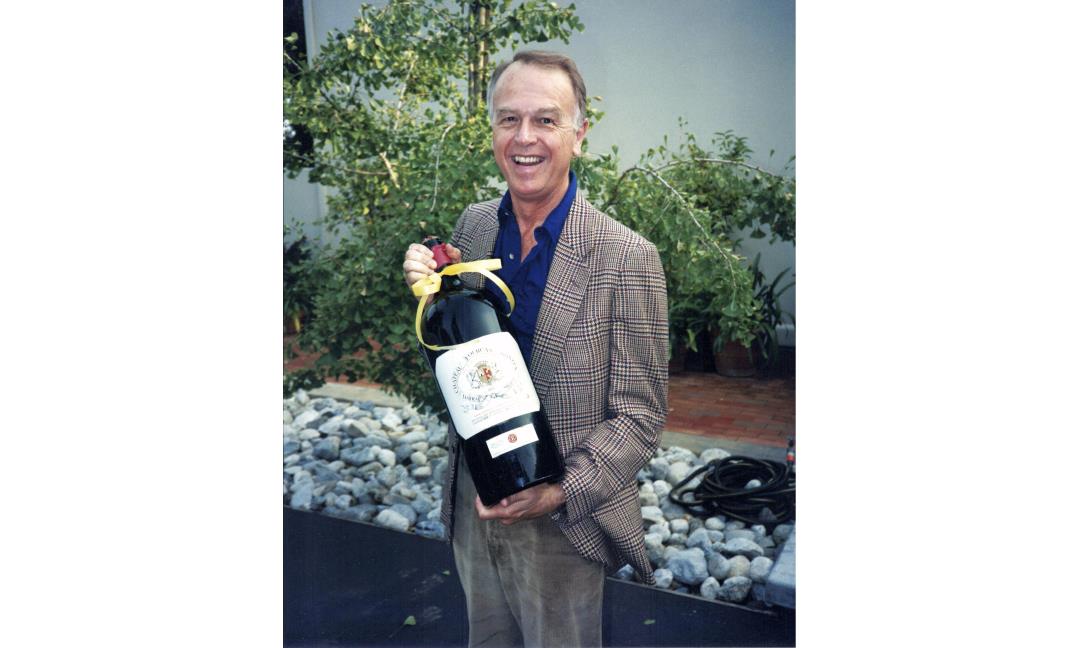 00
00
More details
10 Ft Fabric Tension Tube Trade Show Display - Straight Single - Sided Graphic Package
From $ 1,099.00
More details
10 ft. EZ Tube Display - Curve Single-Sided Graphic Package
From $ 900.00
More details
10 ft. Fabric Pop Up Display - Straight Graphic Package
From $ 700.00
More details
10' Curved Backlit Hopup Trade Show Display
$ 2,199.00
More details
10' Formulate Display with Shelving - Straight
From $ 1,878.00
More details
Sale
10' Formulate Displays with Monitor Mount - Horizontal
$ 3,099.00 From $ 2,239.20
More details
Sale
10' Formulate Displays with Monitor Mounts - Vertical
$ 2,999. 00 From $ 2,159.20
00 From $ 2,159.20
More details
Sale
10' Formulate Displays with Shelving - Horizontal Curve
$ 2,699.00 From $ 1,999.20
More details
Sale
10' Formulate Displays with Shelving - Vertical Curve
$ 2,799.00 $ 2,239.20
More details
Sale
10' Formulate Horizontal Curved - Basic Packages
$ 2,249.00 From $ 1,519.20
More details
Sale
10' Formulate Straight Tension Fabric Display - Basic Packages
$ 2,449.00 From $ 1,359.20
More details
Those of you who have read my posts know that apart from the Brexit frenzy, nothing excites me more than how we value our core product, exhibition square footage.
There are 'package' options and the like, but square meters make up about 80-90% of income here in the UK. I have my own opinion about the sponsorship and delegate prices as well (20% for early birds - really!), but I'll leave that for another day. nine0003
The mystery for me began with the very first meeting I had after I became CEO of Blenheim. Our largest show was Networks, covering 15,000 square meters. m in the NEC, and it was so popular that the exhibitors had to vote to compete for a place. Then they took 183 per square meter with the usual variations in the location of the stand, etc.
"Why 183?" I asked. "Well, we took last year's price and added inflation." So I asked the obvious: "If you took 189or 199, would you sell one square meter less?” "No, of course not. It won't make any difference." "Okay, why not?"
At 199, they would add 240,000 to their profits at no cost. This would increase their personal sales commission by 24,000.
The result of the conversation is confusion and misunderstanding (on both sides).
"Last year plus inflation: if the director said 5%: always add 10." nine0003
I recently called 15 exhibitions, chosen at random, and asked how much they charge. The variation ranged from 300 to 790 per square meter. Only the prices of 3 of them were xx9 (which confirmed my depression). I asked a very simple question - why were their prices the way they were? Most suggested that I was asking for a discount, and some immediately offered it.
But the answers won't surprise you:
"Last year plus inflation."
"The CEO told us to increase by 5%." nine0003
"The CEO said no more than 2% than last year."
"We always increase by 10 every year."
Only in one instance did the event have a real competitor that they considered (honestly enough), but very few well-known exhibitions have direct competition by season or location, and European comparisons are simply false (we are a provincial market).
I also asked the obvious:
"Have you ever discussed what your market will hold?" nine0003
“And why do you think that 370 or 420 is the right price? Do you really think there is a "right" price?
To be honest, there were fears that the increase in prices would lead to the loss of exhibitors. But when I asked if it had ever been tested (there are many ways to do this), not a single person said they had ever tried it.
But when I asked if it had ever been tested (there are many ways to do this), not a single person said they had ever tried it.
No meaningful answers. And, as always, when I tried to understand the inexplicable, I had to think about how we got to where we are. nine0003
Brief history of exhibitions and their pricing
From the early days (circa 1900 - the Montgomery's Construction event dates back to 1895) until the 1960s, the vast majority of major exhibitions were organized by the respective trade association and held at Olympia, Earl's Court or Castle Bromwich. Typical events were British Dental Show, Bakers' Show, Motor Show, Radio Show, Giftware Show. In an era when there were no TV commercials yet (beginning at 1955), radio ads (1968, excluding pirated) and glossy magazines (late 1960s), trade shows were an important, rare, and visible way to reach B2B audiences.
Pricing was essentially a reflection of costs. The associations were formed by their own exhibitors, so they only needed to make some money from the events.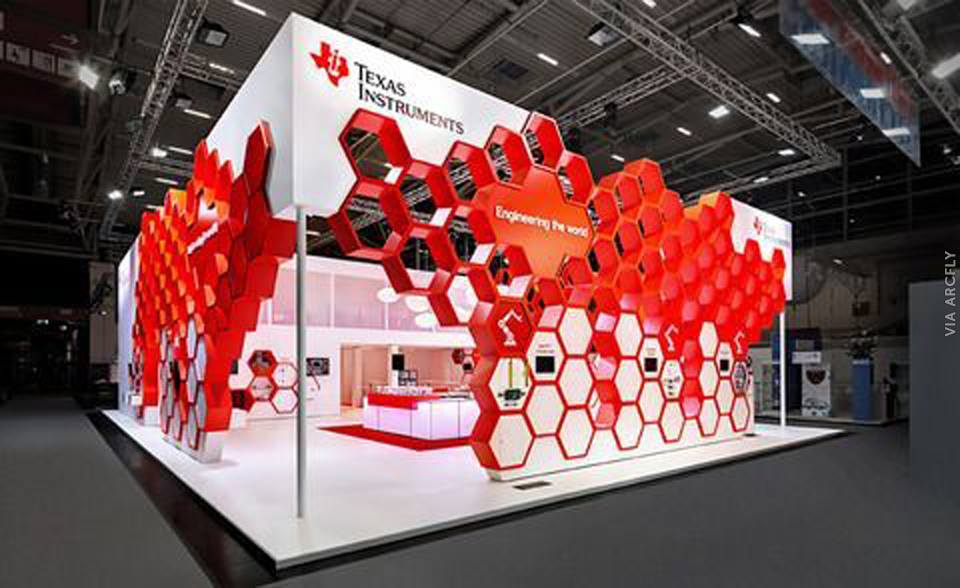 This determined the price of participation in the exhibition - sufficient to cover the costs. (By the way, this changed in later years, when larger events became a source of important income for some members of the association). And today there are still some exhibitions where there are disputes between exhibitors and their associations about how much to take - one consequence is that some association events cannot invest in the extra services and costs that private events consider part of the visitor attraction experience. . nine0003
This determined the price of participation in the exhibition - sufficient to cover the costs. (By the way, this changed in later years, when larger events became a source of important income for some members of the association). And today there are still some exhibitions where there are disputes between exhibitors and their associations about how much to take - one consequence is that some association events cannot invest in the extra services and costs that private events consider part of the visitor attraction experience. . nine0003
Exhibitions as 3D magazines
Since around 1970, B2B trade magazine publishers (Reed, Morgan Grampian, EMAP, and others) have realized that they can also run trade shows in their sectors: their advertisers can be their exhibitors and their readers can be their visitors (this is the period when trade exhibitions were commonly referred to as "three-dimensional magazines"). Thus, another type of show grew up, where the support of the main trade magazine (Draper's Record in clothing, Cabinet Maker in furniture, etc. ) became the basis for new successful events and often a source of conflict with the trade association. For years, there has been debate about whether a 6-meter stand costs as much as a page in a trade magazine, and about the return on investment in both cases. nine0003
) became the basis for new successful events and often a source of conflict with the trade association. For years, there has been debate about whether a 6-meter stand costs as much as a page in a trade magazine, and about the return on investment in both cases. nine0003
For these publishers, the achievable profits from exhibitions looked very attractive, especially since they often advertised them cheaply in their magazines. It was a real win-win.
Financial Times starts writing about Blenheim.
And then there was the big bang of the late 1980s when a small group of entrepreneurs from three giants - Reed, EMAP and Blenheim - discovered that trade shows were hidden gems. They generated margins of over 25% very quickly. This was not a noticeable problem for Reed and EMAP, where the profit from the show was hidden in the larger group. But at Blenheim, we were in the public eye, and it was purely an exhibition spectacle that attracted disproportionate attention from the financial press because of our uniqueness in the media world.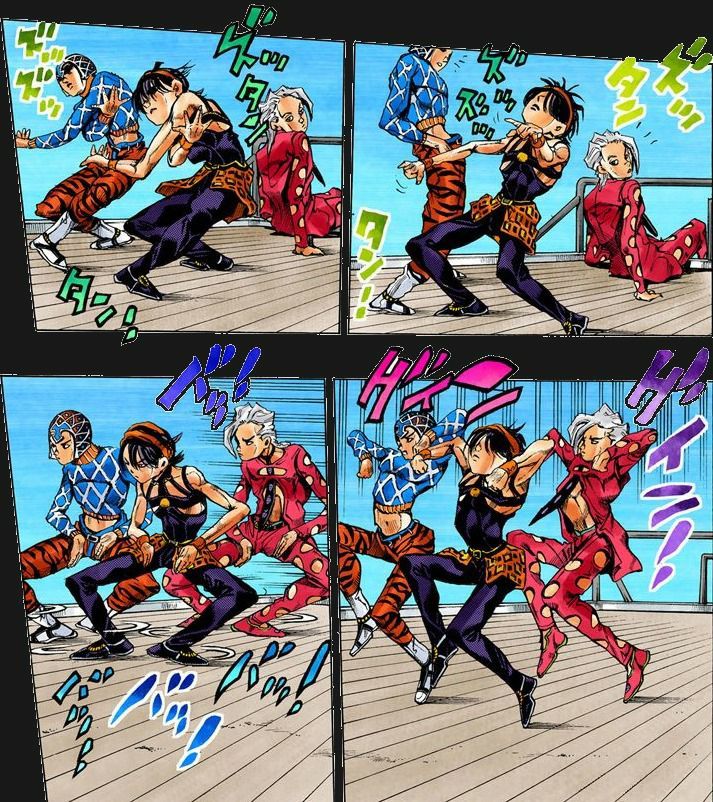 The Lex column in the FT often commented with embarrassment on Blenheim's surprisingly high margins. nine0003
The Lex column in the FT often commented with embarrassment on Blenheim's surprisingly high margins. nine0003
Of the 2,500 publicly listed companies in the UK in 1993, Blenheim ranked 13, in terms of profits, with the other 12 being either oil or brewing companies. Blenheim also ranked in the top ten of 2,500 companies in terms of revenue and earnings per employee. These two facts show how unusual exhibition companies were at that time. It is not surprising that the FT drew attention to this oddity, which actually lasted only 5 years. So one problem we had at Blenheim was that the exhibitors were reading the FT - and probably for the first time thought about the profits being made by the organisers, or who the organisers were. Most still believed that the exhibitions belonged to the venues. nine0003 I'm talking about this because I suspect it had a subconscious effect on the industry. Margins of around 25% were excellent and the money was coming in up front. But there was a feeling, "That's good, but let's not rock the boat," and large organizers began to view their margin targets as being around that level and sought to maintain them without analyzing why and where they came from (the main reasons, of course, are the slot system and the effect of repeated bookings). (Some businesses did exceed these levels - both Spearhead and furniture and gift fairs operated at 40%, and Emerald operated at 44% in the US for many years and was consistently the most profitable of the large groups). EMAP's purchase of the Spring Fair was probably a game changer A lot of takeovers at the time changed the industry - many of the old show associations had gone into the hands of hippos. I attribute the critical moment to the moment when EMAP beat Blenheim to buy the Spring Fair - for many years thereafter the biggest trade show in the UK. Blenheim, pouting a little, went out and bought the Harrogate Gift Fair, only to see it immediately burn down at 1990 year. EMAP has taken on the role of ambulance hunter and launched the Autumn Fair at the National Exhibition Center on the same days as Harrogate. Those were fun times. But what does all this mean for pricing? The industry quickly moved away from the old break-even model of associations. So why do we price 370 or 430? Very few of our shows have truly direct competitors, and while ROI is paid year after year in lip service, it is rarely (give me an example?) dependent on exhibitors showing up at your show. We're dealing with AdWords and Facebook nominally competing for the ad dollar for years (Meta/Facebook shares are down 75% this year - what does that tell us?), but has this really affected the strength of most of our offerings? Denzil Rankin argues that trade shows are now the smallest part of the entire "marketing pie", and one cannot but agree with this. But this is a function (hard to quantify) of an increase in the size of the whole "pie", and not some kind of failure on the part of trade shows. So why doesn't 370 become 420 or 440 or 460. And what difference does it make if 430 becomes 460 or 480 or 500? The truth is that our show organizers genuinely don't know and don't seem to consider this one of the major controversies. But can we lose customers? And how can we know? Returning to the inevitable and logical concern that price increases could lead to loss of customers, I decided to look at how this might affect other products in other market sectors, and what research can help us. nine0003 There is a research firm, IRI, that analyzes scanned data from 125,000 US stores, pharmacies, and other outlets to assess how sales change as prices rise (yes, 125,000). Consumer purchases most affected by the 2% price increase are cola, beer, toilet rolls and coffee, with individual brand sales often down 3-4%. This is not surprising – there are many alternative brands on store shelves and consumers can easily ditch them, often in favor of their own branded products. And I can't stress enough that the vast majority of our events don't have a cheaper or better alternative lying next door on the shelf - in terms of time, place and sector, exhibitors don't face obvious alternatives even if they wanted to look for them. How do other sectors deal with pricing issues? So I asked a few friends from various commercial companies how they deal with the complex issue of pricing. The marketing director of a large soft drinks and snacks organization said they were obsessed with it (their base cost is predictably stable, barring rising raw material prices). A friend in the hospitality industry said the same thing. Currently, 80% of bookings are made through websites such as Booking.com and Hotels.com, where customers can compare prices across different hotels. As a result, in his particular hotel segment, they compare literally hundreds of hotels in real time to evaluate their pricing strategies. It's very easy to test a price increase by doing it in just one or two cities over the course of, say, 4 weeks and seeing how it affects the predicted orders. Like plane seat prices, room prices fluctuate from week to week depending on historical demand and local conditions (it's not easy to book a hotel in Oxford on graduation week). Why must sticky toffee pudding be cheaper? Another friend of mine who runs restaurants is tired of my questions. He recently had 7 dessert options - 5 at 7.95, but two (sticky toffee pudding and creme brulee, as you requested) at 7.50. Why did I ask? Is he really going to sell more creme brulee at 7.50 than he does at 7.95? And diners will only have one dessert, and once they've made it through the menu to the pudding stage, they're unlikely to go to Joe's next door for their Sticky Toffee Pudding. He was excited that it had something to do with additional costs, but the question was never actually asked and his prices were just stupid. nine0003 And how do our institutions cope with this? So, to our own industry. I spoke to one of our most respected (and smartest) decision makers in one of our major stadiums. I know prices are rising this year in response to inflation and being driven by Covid, but why do they have a standard rate of X pounds per square meter and not X + 1 or X + 2 or whatever number? After all, Spring Fair cannot leave NEC, DSEi cannot leave ExCeL, and The Ideal Home Show is unlikely to leave Olympia (there are many other examples, but these are obvious). “Well, first of all, don’t think that we don’t talk about it all the time - in the UK, all venues are business proposals, unlike Messe. We have to consider that our clients are different - trade associations have different client models and pressures compared to Reed, Informa or Clarion. Add to that the obvious awareness that our clients charge their customers - a furniture show can be 150 per sq. m, because triple suites and beds require a lot of space, while some Fintech exhibitions can be 800+. In addition, there is time - we can offer the client a better rate for the first week of September, if he does not agree to the rate for the third week of October. Then there are the softer issues - the historical expectation that we can become the market leader, but that we can't stop our customers kicking and screaming, all with long-term consequences. And it's not just the cost of the venue - a very large consumer show can generate huge additional revenues in the restaurants, bars and car parks of many venues. I crave to be generous, but... And so, I conclude? As always, I want to be generous, but it's hard for me to be so. Industries where there are real competitors make pricing an obsession and an art. They have to. But trade shows don't face those conditions, and part of the reason is that trade show margins tend to be good as a result. Thus, it seems that discussions about pricing and what the market will actually stand for, and (perhaps more importantly) how to test such offers, are as rare as a reasonable argument for Brexit. nine0003 Overall, the data suggests that our show crews have relatively little idea why they rate their square footage at 375 and not 399, 420, 440, or whatever number you name it. Several major jewelry shows are scheduled to resume this spring and summer, starting with a major show in India next month. nine0003 The Gem and Jewelery Export Promotion Council of India (GJEPC) has announced that it plans to hold an event from April 7 to 12 at the Bombay Exhibition Center. The exhibition will be held in three halls, the number of exhibitors and buyers will be limited. In addition, entry to the show will require proof of a negative COVID-19 test result taken at least 72 hours prior. 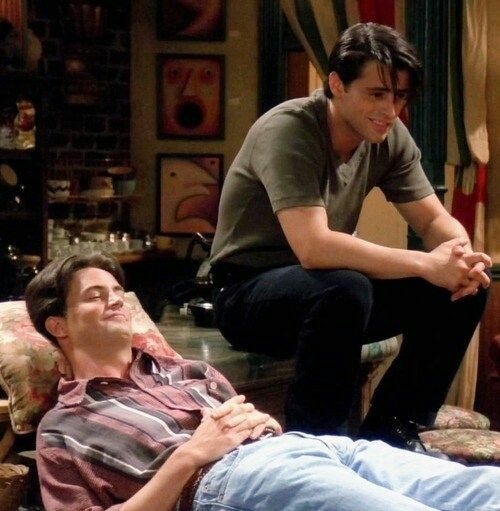 As if they were afraid to make even more profit. nine0003
As if they were afraid to make even more profit. nine0003 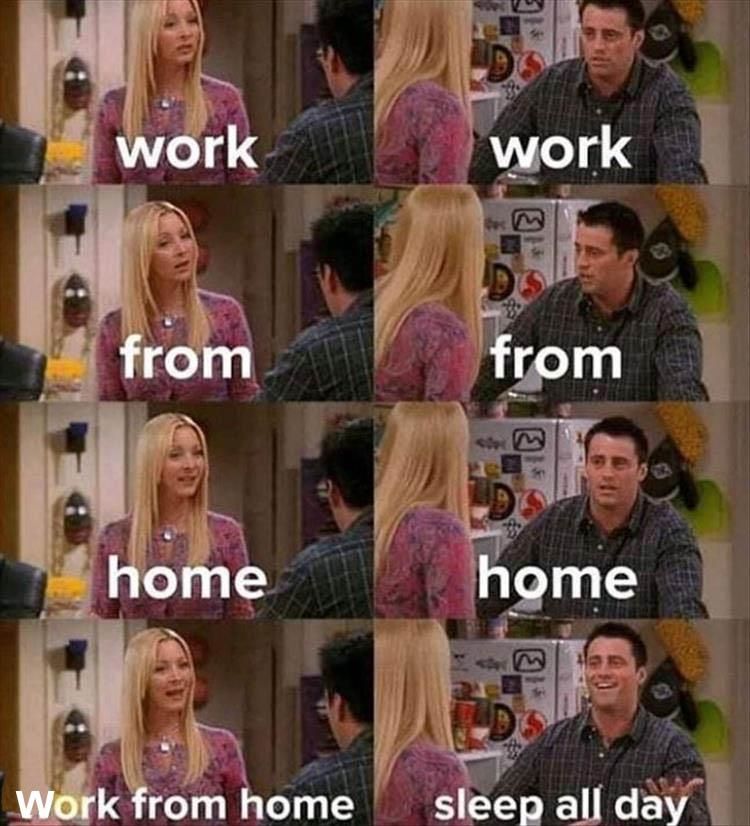 These were also years of high inflation (9.1% in 1991), so prices went up anyway. But as far as I could see as Blenheim's CEO, there was still never any debate as to why this or that price was right. Add 10 a year and keep making 25%+ profits and you'll be fine - and our show teams have proven it from that day to the present. nine0003
These were also years of high inflation (9.1% in 1991), so prices went up anyway. But as far as I could see as Blenheim's CEO, there was still never any debate as to why this or that price was right. Add 10 a year and keep making 25%+ profits and you'll be fine - and our show teams have proven it from that day to the present. nine0003  What is this pie? Is TikTok, with three billion users, part of that pie or Snapchat? or any number of digital platforms? And if trade shows are growing slower than Google, TikTok, and others, is that a reason to discuss our future value or value (the recovery from 18 months of pandemic desert has been a striking confirmation of the value of our events). Toyota is growing faster than Bentley, but is Bentley panicking about it? nine0003
What is this pie? Is TikTok, with three billion users, part of that pie or Snapchat? or any number of digital platforms? And if trade shows are growing slower than Google, TikTok, and others, is that a reason to discuss our future value or value (the recovery from 18 months of pandemic desert has been a striking confirmation of the value of our events). Toyota is growing faster than Bentley, but is Bentley panicking about it? nine0003 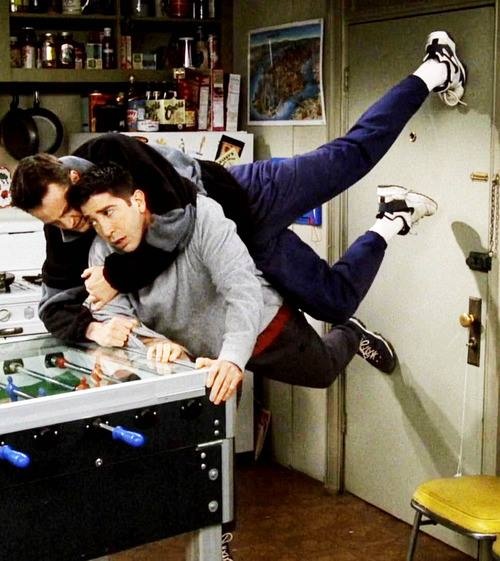 The Economist uses this data to gauge retail trends, and I've plotted some of their findings in the accompanying chart. This data broadly covers 2019 to 2021 for 15 standard consumer products and is based on the US, but I see no reason to assume otherwise in the UK. It shows how the volume of sales of a particular item will tend to fall with a 2% price increase (the fall is usually proportional to the price increase - a 4% price increase typically doubles the unit decrease for a 2% price increase), 2022 data shows that the consumer is not very sensitive to price - and this may be a factor in inflation. If buyers expect inflationary price increases of 5% or 8%, then they are not calculating what they see, as they did before 2021. We can view this chart as basically "inflation-neutral". nine0003
The Economist uses this data to gauge retail trends, and I've plotted some of their findings in the accompanying chart. This data broadly covers 2019 to 2021 for 15 standard consumer products and is based on the US, but I see no reason to assume otherwise in the UK. It shows how the volume of sales of a particular item will tend to fall with a 2% price increase (the fall is usually proportional to the price increase - a 4% price increase typically doubles the unit decrease for a 2% price increase), 2022 data shows that the consumer is not very sensitive to price - and this may be a factor in inflation. If buyers expect inflationary price increases of 5% or 8%, then they are not calculating what they see, as they did before 2021. We can view this chart as basically "inflation-neutral". nine0003  The products at the other end of the chart—drugs, vitamins, and pet food—do not show significant declines in sales when prices rise, perhaps not even 1%. This is also to be expected. If you are taking paracetamol for migraine, don't switch to aspirin if the price goes up a little. And pet food is the least affected by the price increase — and anyone with a dog or cat knows why. They have their own preferences, and offering a cheaper alternative leads to dissatisfaction. nine0003
The products at the other end of the chart—drugs, vitamins, and pet food—do not show significant declines in sales when prices rise, perhaps not even 1%. This is also to be expected. If you are taking paracetamol for migraine, don't switch to aspirin if the price goes up a little. And pet food is the least affected by the price increase — and anyone with a dog or cat knows why. They have their own preferences, and offering a cheaper alternative leads to dissatisfaction. nine0003  Every week, they review approximately 500 different outlets to see how sales are progressing and whether competing drinks are driving results. Of course, not all outlets are the same - you will pay more for a Coke in a bar than in a supermarket. But general information about pricing and competition is effectively monitored continuously in real time. And it's easy to check price fluctuations (up and down) in a small number of supermarkets or bars. nine0003
Every week, they review approximately 500 different outlets to see how sales are progressing and whether competing drinks are driving results. Of course, not all outlets are the same - you will pay more for a Coke in a bar than in a supermarket. But general information about pricing and competition is effectively monitored continuously in real time. And it's easy to check price fluctuations (up and down) in a small number of supermarkets or bars. nine0003  If you want to stay at The Savoy or Claridges you will probably pay what it costs. nine0003
If you want to stay at The Savoy or Claridges you will probably pay what it costs. nine0003  nine0003
nine0003 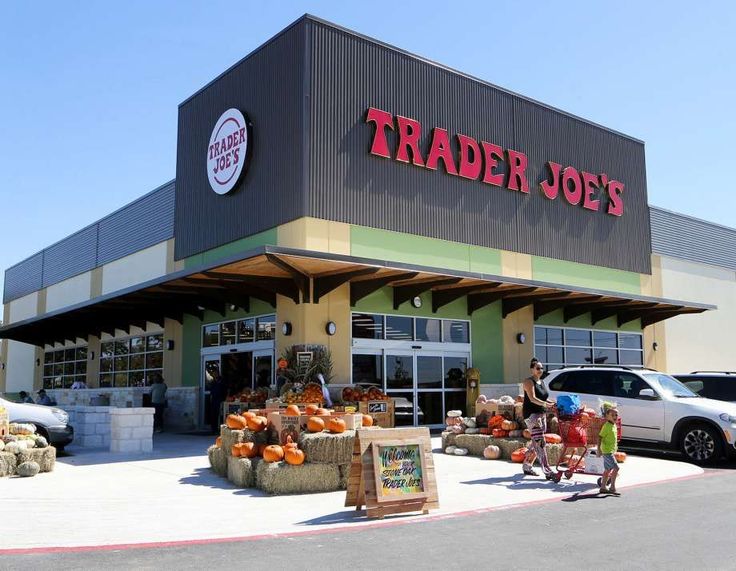 We are a slow cycle industry and we usually need three years of certainty or near certainty about what our orders and earnings are likely to be. If we scare away customers for pricing reasons, then we cannot be sure that we will not end up with empty halls. We must consider all these factors and more. Yes, it's multi-dimensional and we'll never argue that we're always doing it right." nine0003
We are a slow cycle industry and we usually need three years of certainty or near certainty about what our orders and earnings are likely to be. If we scare away customers for pricing reasons, then we cannot be sure that we will not end up with empty halls. We must consider all these factors and more. Yes, it's multi-dimensional and we'll never argue that we're always doing it right." nine0003  They don't know how their customers will react, if at all, to a significant change in this number. A number is a number. I wonder if it will always be like this...
They don't know how their customers will react, if at all, to a significant change in this number. A number is a number. I wonder if it will always be like this... Major trade shows to resume this spring and summer

GJEPC stated that this is the first large-scale jewelry exhibition organized since the beginning of the COVID-19 pandemic.
“With vaccination already well underway in India, we expect a large number of people to be vaccinated against COVID by the end of March,” said GJEPC Chairman Colin Shah. – We expect a surge in demand for gems and jewelry in the next few months when weddings and Akshaya Tritiya (a spring festival celebrated by Hindus and Jains) take place. The IIJS Signature show will provide our visitors and buyers with the opportunity to restock for the coming demand this season.” nine0003
In Italy, the Italian Exhibition Group (IEG) has scheduled Oroarezzo at the Arezzo Exhibition Center from 12 to 15 June and Vicenzaoro, T.Gold and VO Vintage from 10 to 14 September in Vicenza.
Oroarezzo is the IEG exhibition dedicated to jewelry made in Italy; T.Gold - an exhibition of machines and other technologies used in the design and manufacture of jewelry; VO Vintage offers vintage jewelry and watches, while Vicenzaoro covers the entire supply chain.
In reorganizing its 2021 jewelry show calendar, IEG said it was responding to requests from jewelery companies around the world that consider trade shows important to their business and are committed to resuming activities and relationships.
In March, IEG plans to host an all-digital event called We Are Jewelery. It is scheduled for March 23, will be broadcast live and is dedicated to the best Italian gold and jewelry production. nine0003
The group stated that We Are Jewelery is "the starting point of IEG's individual roadmap towards the return of trade shows with a physical presence."
Also this spring, Informa Markets plans to hold the Istanbul Jewelry Show. The event was originally scheduled for March but will take place May 27-30 at the CNR Exhibition Center.
The resumption of trade shows comes amid news in the United States that President Joe Biden has invoked the Defense Production Act, ordering Merck and Johnson & Johnson to work together to accelerate production of Johnson & Johnson's COVID-19 vaccine.